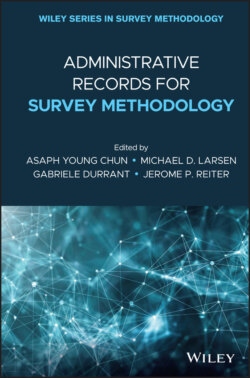Читать книгу Administrative Records for Survey Methodology - Группа авторов - Страница 35
2.3.1.3 Disclosure Avoidance Methods
ОглавлениеTo ensure privacy and confidentiality, all study participants’ names, addresses, and contact information are maintained in a secure control file (National Institute on Aging and the National Institutes of Health 2017). Anyone with access to identifying information must sign a pledge of confidentiality. The survey data are only released to the research community after undergoing a rigorous process to remove or mask any identifying information. First a set of sensitive variables (such as state of residence or specific occupation) are suppressed or masked. Next, the remaining variables are tested for any possible identifying content. When testing is complete, the data files are subject to final review and approval by the HRS Data Release Protocol Committee. Data ready for public use are made available to qualified researchers via a secure website. Registration is required of all researchers before downloading files for analyses. In addition, use of linked data from other sources, such as Social Security or Medicare records, is strictly controlled under special agreements with specially approved researchers operating in secure computing environments that are periodically audited for compliance.
Additional protections involve distortion of the microdata prior to dissemination to researchers. Earnings and benefits variables such as those from SSA in the HRS are rounded or top coded (Deang and Davies 2009). Similarly, geographic classifications are limited to broad levels of aggregation (e.g. census divisions instead of states or states instead of counties).
The HRS uses licensing as its primary method of giving access to restricted files. A license can be secured only after meeting a stringent set of criteria that leads to a contractual agreement between the HRS, the researcher, and the researcher’s employer. The license enables the user to receive restricted files and use them at the researcher’s own institutional facility.
